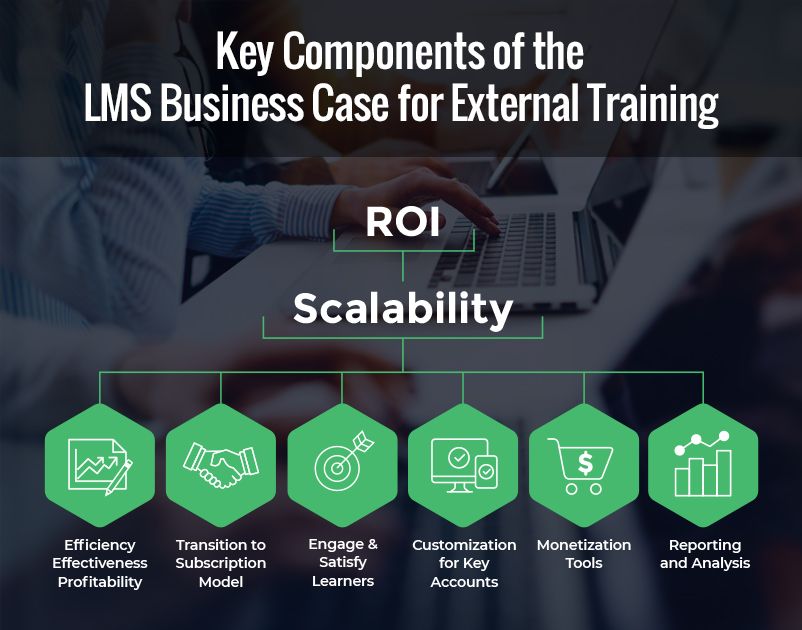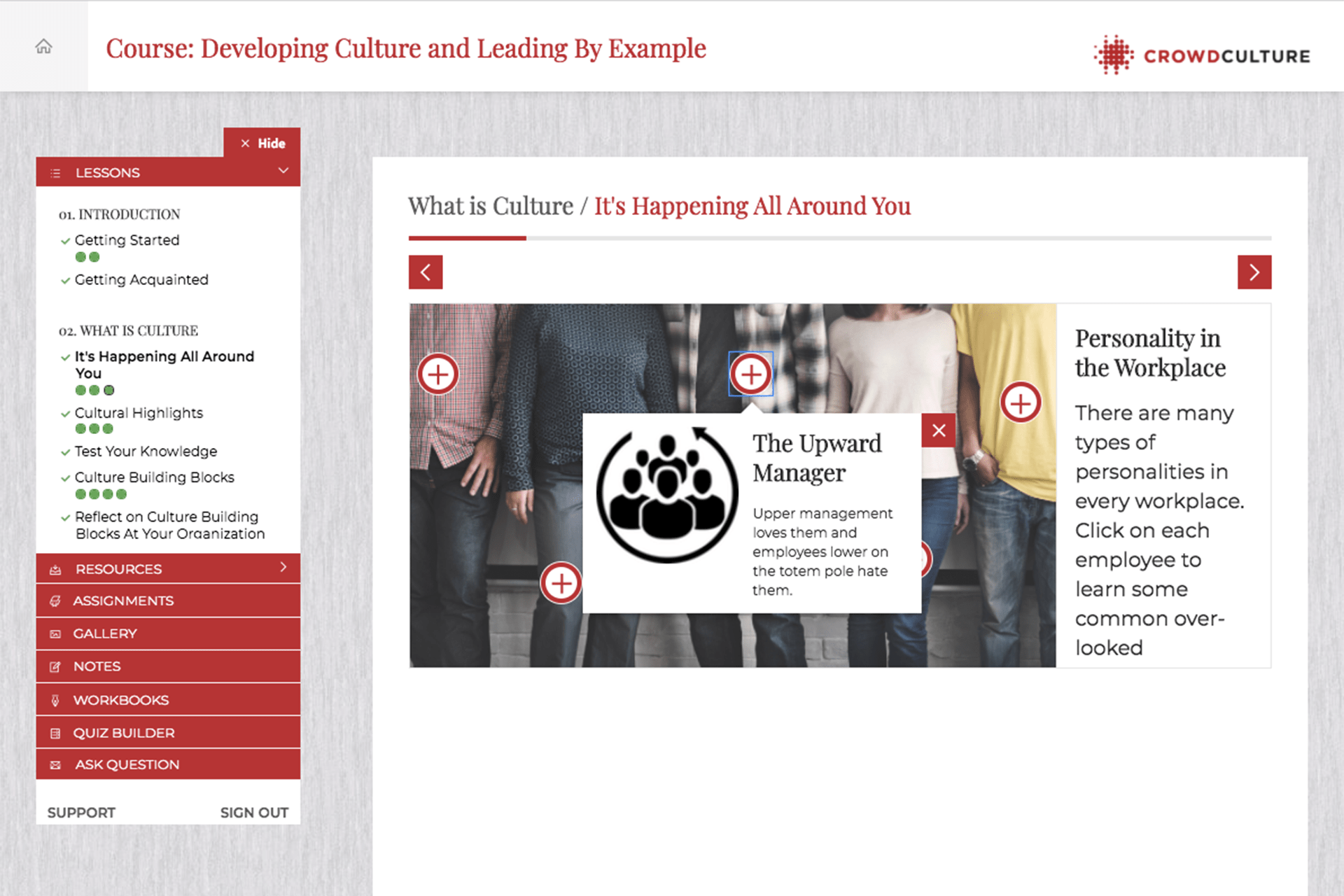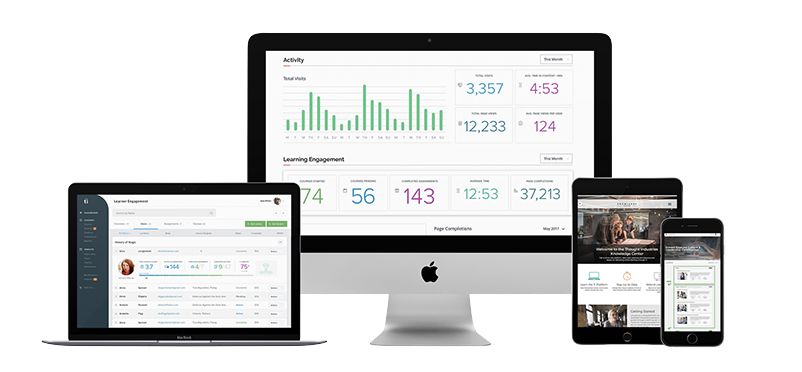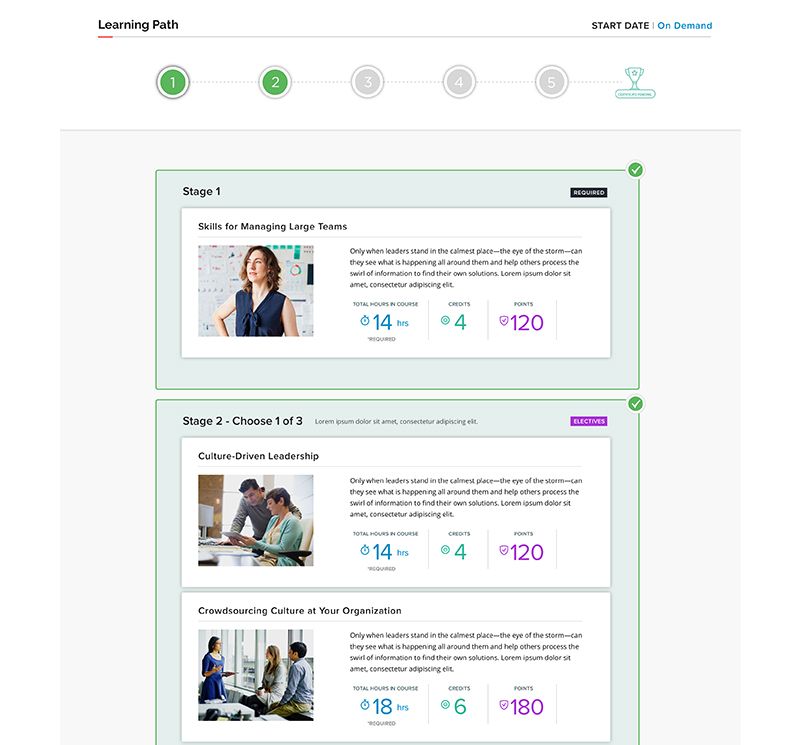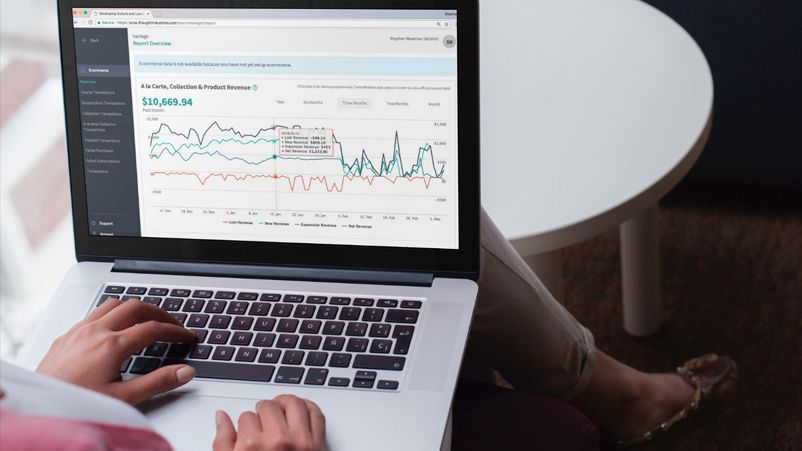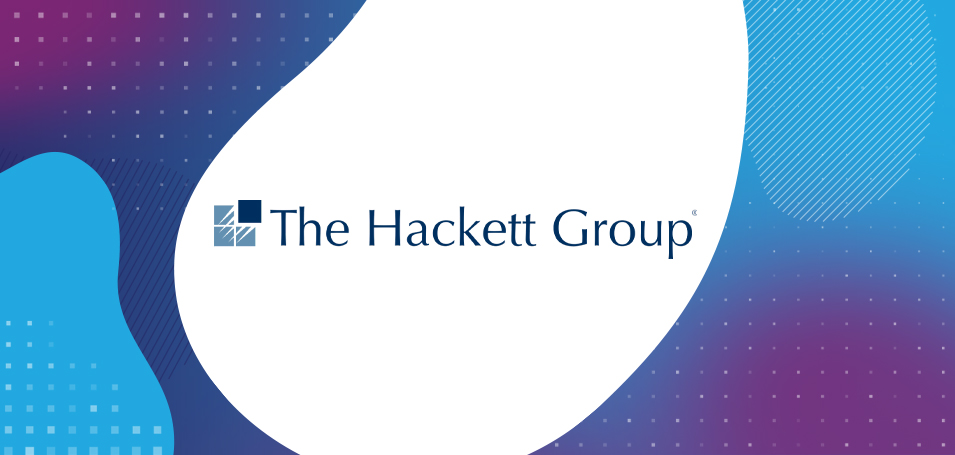This series of posts is all about helping you to build an LMS business case for your external training business.
We’ve learned what it takes for a business case to specifically address the concerns of senior management and get approval. Moreover, we’ve learned that a well-constructed business case lays the groundwork for implementation.
The first post of this series is a practical overview: How to Build an LMS Business Case for External Training. The second post provides insights that establish a baseline of the current state: How to Assess Your External Training Business.
This is the next step in building the LMS business case: developing a compelling vision of the future state of your external training business.
The reason for an LMS business case
The business case will show that the company will be substantially better off – will gain an increased ability to compete, grow your training business – with the adoption of a new or replacement LMS. Thus, the burden is on you to develop and communicate a clear and compelling vision of this future state.
As senior management reviews your business plan and LMS budget, they’ll look for answers to questions about your vision such as:
- What specific benefits and efficiencies will your company gain, and when after the LMS is installed?
- How will this decision position us for the future?
- How can I evaluate this in financial terms?
How to construct a compelling, urgent description of your vision for the future
It is important to draw upon the same cross-functional team that will comprise the LMS search team. They are selected or recruited because of their subject matter expertise (e.g., Sales, Manufacturing, HR, IT, etc.) or constituency. It is their unique backgrounds, perspective and part of the business that will ultimately add credibility and insight to the business case.
Together, this team has to construct a very good story, one that begins with concepts and ends with the investment and the return.
The most important ingredient of the LMS business case
Scalable Growth of Your Training Business
The biggest issue is scalability because this is the road to the financial future of your business. Per the Economic Times, “scalability refers to the ability of a company to sustain or better its performance in terms of profitability or efficiency when its sales volume increases”.
You should address this first.
If your company’s goals are growth and profitability, and I suspect they are, how exactly will the adoption of this new or replacement LMS lead you to supercharge scalability?
For a discussion of the three bedrock concepts that enable scalability, How to Build a Professional Learning Business That Scales.
The 6 key contributing factors of external training scalability:
1. Migrating the revenue stream to a subscription model – eLearning
The subscription model is how scalability generates profit. The model is designed to generate recurring revenue, and in return, offers the customer convenience and a likely cost savings. The most effective lever in subscription success is the renewal rate. It’s the pulse of the business. The higher the renewal rate, the healthier the business.
As background, it is important to read 5 Critical Success Factors You Need to Incorporate Into Your Subscription Model
2. Focusing on self-paced learning – Learner Engagement Tools
Instructor-led training and ad-hoc training is not scalable. eLearning, video, micro-learning and self-paced learning are scalable and can create new revenue streams. Your learning business must migrate to a single portal delivering a cornucopia of on-demand media and content.
The LMS is that portal for self-paced learning. You’ll need to stress the benefits of LMS tools that increase learners’ engagement and satisfaction.
- Learning paths – the learner’s roadmap to knowledge, achievement and advancement.
- Certification programs – makes your product “stickier”, recognizes mastery, and rewards and encourages larger training purchases.
- In-app widgets – mini-application views of the LMS that are embedded in other applications.
- Gamification – the use of gaming elements to incentivize learners.
Learner engagement and satisfaction are powerful levers in maintaining and increasing renewal rates. An important resource is 5 Tools to Improve Online Learner Engagement.
3. Becoming more efficient, effective and profitable – Training Administration Tools

Specifically, how will the new LMS enable the business to lower the cost of training delivery, shorten the time to delivery, while increasing quality?
Questions to consider include:
- Which of the current workflows and processes need improvement and how will this be addressed in the future state?
- How will the new LMS open the door to becoming more efficient by reducing operational costs?
- How will integrated content and course authoring increase quality and competitiveness while reducing time to market?
4. Customization for key customers – Multi-Tenant Portals
It is likely that a small number of your customers represent a big percentage of your company’s revenue. The more you can satisfy their unique needs, the deeper the relationship and the higher the barrier to competitive entry.
The multi-tenant portal feature of the new LMS thus represents a way to create a special experience for them and a revenue stream which will increase the lifetime value of key customers.
5. Monetization tools – eCommerce and More
Call attention to the new LMS’ monetization tools that generate additional and passive income. These include B2B content licensing, bundling, packages, tax tools and 3rd party integration options for ecommerce.
6. Actionable analytics for management – Robust Reporting
This has two aspects:
The first is automating reporting – eliminating spreadsheets to track the business of learning. An often-overlooked aspect to increase business is the LMS’s ability to track certifications and each learner’s progress, which can be complex.
We highlight this because associations that require CEUs can be an important, ongoing revenue stream.
The second is management information, or timely insight into the business of learning to enable better decision making. For instance, what courses are working well and in what areas? What courses are not doing well and where? This will provide your organization with the agility to respond to changing market conditions.
Installation
It is essential for the business case to deeply cover the installation process, its costs, the functional areas and workflows affected, and the timeline. You must thoroughly understand the internal resources required.
ROI
At the top of all of this is ROI. This is what senior management is really looking for.
Return on investment (ROI) is the bottom line. It is a calculation that is used to evaluate the efficiency of investing in a new or replacement LMS by comparing the amount of return (revenue) it will enable or generate, relative to the initial and ongoing cost.
ROI is usually expressed as a percentage and is, simply, the net return (which can be positive or negative) on investment divided by the cost of the investment.
The next blog in this series will be devoted to calculating your ROI specifically for the external LMS business case, step-by-step.


